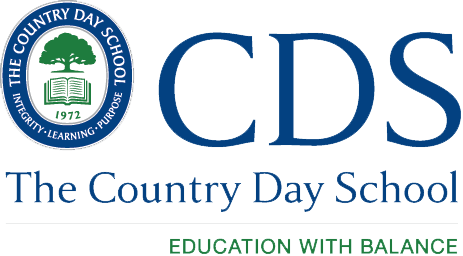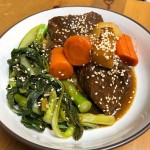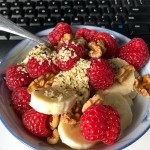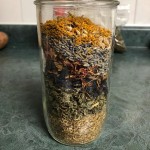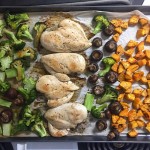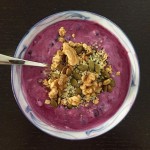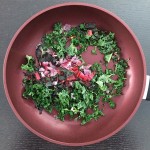OUR STORY
OUR MISSION
It started on a park bench.
Janet Nezon, a mom of three and a lifelong educator with degrees in Nutrition and Health Promotion, found herself sitting on a park bench during a break at a nutrition conference in New York City. After years of teaching an academic style of nutrition, she was struck by a powerful thought, “Nothing new is happening in the world of nutrition”. The simple notion that most people, especially little kids, don’t want to learn about the ins and outs of food, they just want to enjoy it, was the seed that sprouted into Rainbow Plate.
In the past three years Janet’s seed idea has grown into a vibrant community. Her team has quadrupled, the Rainbow Food Education Foundation has been founded to support her innovative programming and her reach has expanded into dozens of schools, Child cares, Camps and Hospitals; all who have all been inspired by her colourful approach to eating well.
To provide education, resources, and support to children, families, teachers and health professionals in order to inspire and enable the development of lifelong healthy eating habits, community participation and to combat diet related disease throughout Canada.
OUR VISION
Our vision is a future where all Canadian kids have access to healthy food and can make the choices that nourish their bodies well for life.
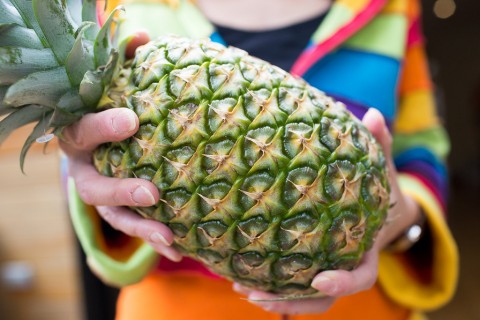
OUR APPROACH
Rainbow Plate is a fresh approach to food education. We deliver evidence-based, interactive programs and resources to children, parents, educators and health practitioners. We use rainbows of real food to spark imaginations, change behaviour and cultivate lifelong healthy eating habits. We make healthy eating simple and fun.
Tell me the colours that you ate: Rainbows are simple, healthy and powerful. Adding a variety of colourful vegetables and fruit to everything you eat is the simplest way to fuel your body well and make any plate of food more appealing. The evidence proves it works.
Expose and explore, don’t preach: Repeated exposure and sensory exploration are the most effective strategies for engaging kids and changing their behaviour around food. Preaching rules and nutrition facts is boring and doesn’t work. Rather, getting kids up close and hands-on with real food sparks interest and enthusiasm for developing their own healthy habits. Kids need to cultivate their own positive relationship with healthy food.
Relax and kids will too: If adults chill out around food then kids will too. Adults are the most important influence on a child‘s eating behavior, and a relaxed and positive environment is the one in which a child’s healthy relationship with food and healthy eating habits will flourish.
Step away from the microscope: We eat food, not nutrients. All the experts agree that a dietary pattern based on whole foods is the best for nourishing a healthy body. Helping kids to embrace and enjoy real food instead of processed food products is the key to a healthier future. Kids need to learn where food comes from, and how to cook and enjoy it in the company of friends and family.
Food connects everything: What and how we eat is woven into every element of the world around us. For maximum impact, food education should reflect and address the health, family, community, geographic, cultural, environmental, and economic context in which we eat and live.





